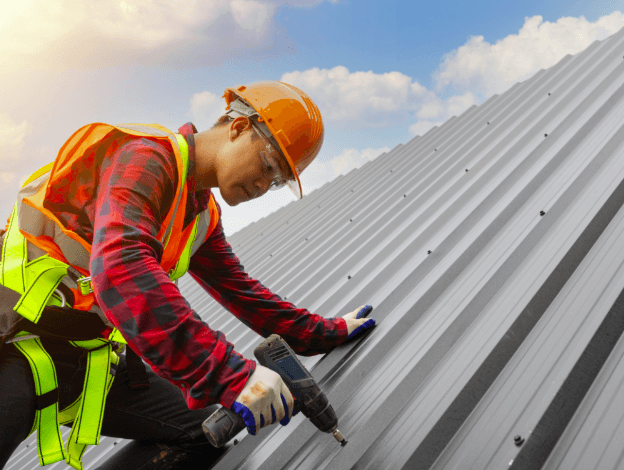Mastering the Art of Gutter Repair A Comprehensive Guide

Introduction
Gutters play a vital role in protecting our homes from water damage by directing rainwater away from the foundation. However, over time, gutters can deteriorate, leading to leaks, clogs, and other issues. Repairing gutters promptly is crucial to maintain the integrity of your home and prevent costly damage. In this guide, we will delve into the intricacies of gutter repair, providing you with valuable insights and practical tips to tackle common gutter problems effectively.
Understanding Gutter Anatomy
Before diving into the repair process, it’s essential to familiarize yourself with the anatomy of gutters. Gutters typically consist of several components, including the gutter trough, downspouts, elbows, and fasteners. Each part plays a crucial role in ensuring proper water drainage and preventing water from pooling around your home’s foundation. By understanding how these components work together, you’ll be better equipped to diagnose and address gutter issues effectively.
Identifying Common Gutter Problems
Gutters are susceptible to a variety of issues, ranging from minor wear and tear to severe damage. Some of the most common gutter problems include leaks, clogs, sagging, and corrosion. Identifying these issues early on can help prevent further damage and extend the lifespan of your gutters. By conducting regular inspections and addressing any issues promptly, you can avoid costly repairs down the line and ensure that your gutters function optimally.
Repairing Gutter Leaks
Leaking gutters are a common problem that can lead to water damage both inside and outside your home. Fortunately, repairing gutter leaks is a relatively straightforward process. Start by thoroughly cleaning the gutter and removing any debris or obstructions that may be causing the leak. Next, apply a waterproof sealant to the affected area, ensuring that it forms a tight seal to prevent water from seeping through. For more extensive leaks, you may need to replace damaged sections of the gutter or reattach loose joints to restore the integrity of the system.
Clearing Gutter Clogs
Clogged gutters can impede water flow and lead to overflowing, which can damage your home’s exterior and landscaping. To clear gutter clogs, start by removing any debris such as leaves, twigs, and dirt using a gutter scoop or trowel. You can also use a garden hose to flush out remaining debris and ensure that water flows freely through the gutter system. Additionally, consider installing gutter guards or screens to prevent debris buildup and minimize the need for frequent cleaning.
Reinforcing Sagging Gutters
Sagging gutters are not only unsightly but also ineffective at directing water away from your home. To reinforce sagging gutters, start by inspecting the hangers and brackets that support the gutter system. Tighten loose fasteners and replace any damaged or missing components to provide additional support. You can also use gutter spikes or screws to secure the gutter to the fascia board more securely. Additionally, consider installing gutter braces or supports to help distribute the weight more evenly and prevent future sagging.
Conclusion
Maintaining properly functioning gutters is essential for protecting your home from water damage and preserving its structural integrity. By understanding the anatomy of gutters and familiarizing yourself with common gutter problems, you can effectively diagnose issues and implement timely repairs. Whether you’re dealing with leaks, clogs, or sagging gutters, following the tips outlined in this guide will help you keep your gutter system in top condition and safeguard your home for years to come.






